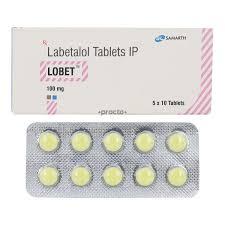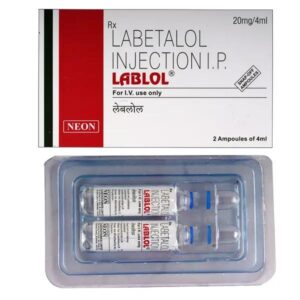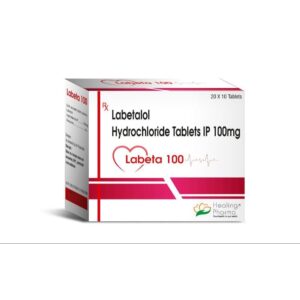LABETALOL
LABETALOL: Labetalol is a medication that is primarily used to treat high blood pressure. It belongs to a class of drugs known as beta blockers.
The mechanism of action of labetalol involves blocking certain receptors in the body called beta-adrenergic receptors. By doing so, it inhibits the effects of adrenaline (epinephrine) and norepinephrine, which are hormones that can increase heart rate and blood pressure. This ultimately helps to lower blood pressure and reduce strain on the heart.
Labetalol is usually taken orally in the form of tablets. The recommended starting dose for hypertension is generally 100 mg twice daily. Depending on the individual’s response, the dose may be adjusted by the healthcare provider. For severe hypertension or hypertensive emergencies, labetalol may be administered intravenously in a hospital setting under medical supervision.
Like any medication, labetalol can have side effects. Common side effects may include dizziness, lightheadedness, fatigue, nausea, and headache. These typically go away as the body adjusts to the medication. However, more serious side effects can occur, such as slow heart rate, shortness of breath, swelling of the hands or feet, fainting, or mood changes. It is important to inform a healthcare professional if any of these side effects are experienced.
It’s worth noting that labetalol may not be suitable for everyone. It is contraindicated in individuals with certain conditions such as asthma, heart block, and severe heart failure. It is also important to consult with a healthcare provider before starting or stopping labetalol as sudden discontinuation may lead to a rebound effect, causing a sudden increase in blood pressure.
Overall, labetalol is a commonly prescribed medication to help manage hypertension. However, its use should always be supervised by a healthcare professional who can determine the appropriate dose and monitor for any potential side effects.




